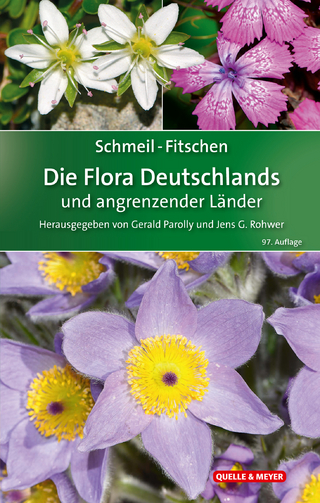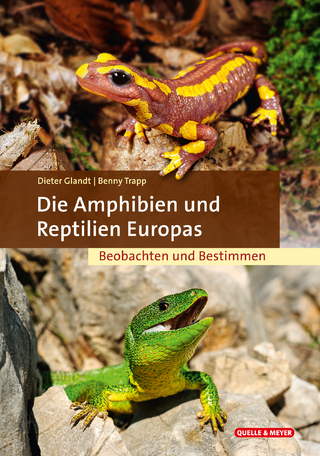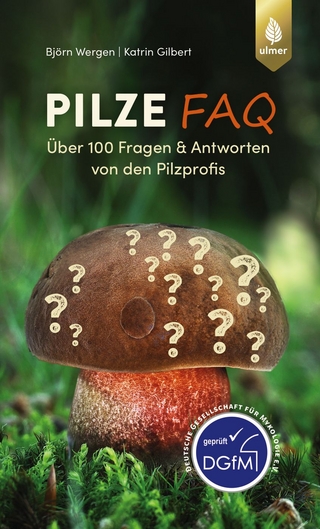
Ecology of a Salt Marsh
Springer-Verlag New York Inc.
978-0-387-90555-6 (ISBN)
- Titel ist leider vergriffen;
keine Neuauflage - Artikel merken
Ecosystem Structure and function.- 1. Ecology of Salt Marshes: An Introduction.- 1.1. Salt Marsh Ecology on Sapelo Island.- 1.2. Development of Salt Marshes.- 1.3. Ecological Processes in the Marsh.- 1.4. Carbon Mass Balance and Modeling.- 2. The Physical and Chemical Environment.- 2.1. Geomorphology.- 2.2. Physical Conditions.- 2.3. Water Chemistry.- 2.4. Hydrology and the Flux of Materials.- Salt Marsh Populations.- 3. Primary Production.- 3.1. The Community of Higher Plants.- 3.2. The Epibenthic Algal Community.- 3.3. Phytoplankton.- 3.4. Total Plant Production.- 4. Aquatic Macroconsumers.- 4.1. Foods and Feeding Categories.- 4.2. Impact of Macroconsumers on Salt Marsh Metabolism.- 4.3. Regulation of Salt Marsh Macroconsumers.- 5. Grazers on Spartina and Their Predators.- 5.1. Vertebrate Herbivory.- 5.2. Primary Production and Herbivory in Grasslands.- 5.3. Effects of Herbivory.- 5.4. Arthropod Primary Consumers.- 5.5. Vertebrate Predators.- 5.6. Arthropod Predators.- 5.7. Tidal Influences.- 5.8. Spatial and Seasonal Influences.- 6. Aerobic Microbes and Meiofauna.- 6.1. Microbial Standing Stocks.- 6.2. Aerobic Utilization of Organic Matter.- 6.3. Regulation of Microbial Communities.- 7. Anaerobic Respiration and Fermentation.- 7.1. Processes.- 7.2. Controls and Interactions.- The Salt Marsh Ecosystem.- 8. The Cycles of Nitrogen and Phosphorus.- 8.1. Phosphorus.- 8.2. Nitrogen.- 8.3. Net Flux of Phosphorus and Nitrogen.- 9. A Model View of the Marsh.- 9.1. What is a Model?.- 9.2. The Salt Marsh Model.- 9.3. First Generation Models.- 9.4. A Man-Environment Model.- 9.5. A Successional Model.- 9.6. Future Directions.- 10. The Salt-Marsh Ecosystem: A Synthesis.- 10.1. Diversity and Stability.- 10.2. Transport of Materials.- 10.3. Assimilation of Wastes.- 10.4. Aesthetics.- References.
| Zusatzinfo | Bibliography |
|---|---|
| Verlagsort | New York, NY |
| Sprache | englisch |
| Themenwelt | Sachbuch/Ratgeber ► Natur / Technik ► Naturführer |
| Naturwissenschaften ► Biologie ► Ökologie / Naturschutz | |
| Naturwissenschaften ► Geowissenschaften ► Geologie | |
| ISBN-10 | 0-387-90555-3 / 0387905553 |
| ISBN-13 | 978-0-387-90555-6 / 9780387905556 |
| Zustand | Neuware |
| Haben Sie eine Frage zum Produkt? |
aus dem Bereich


